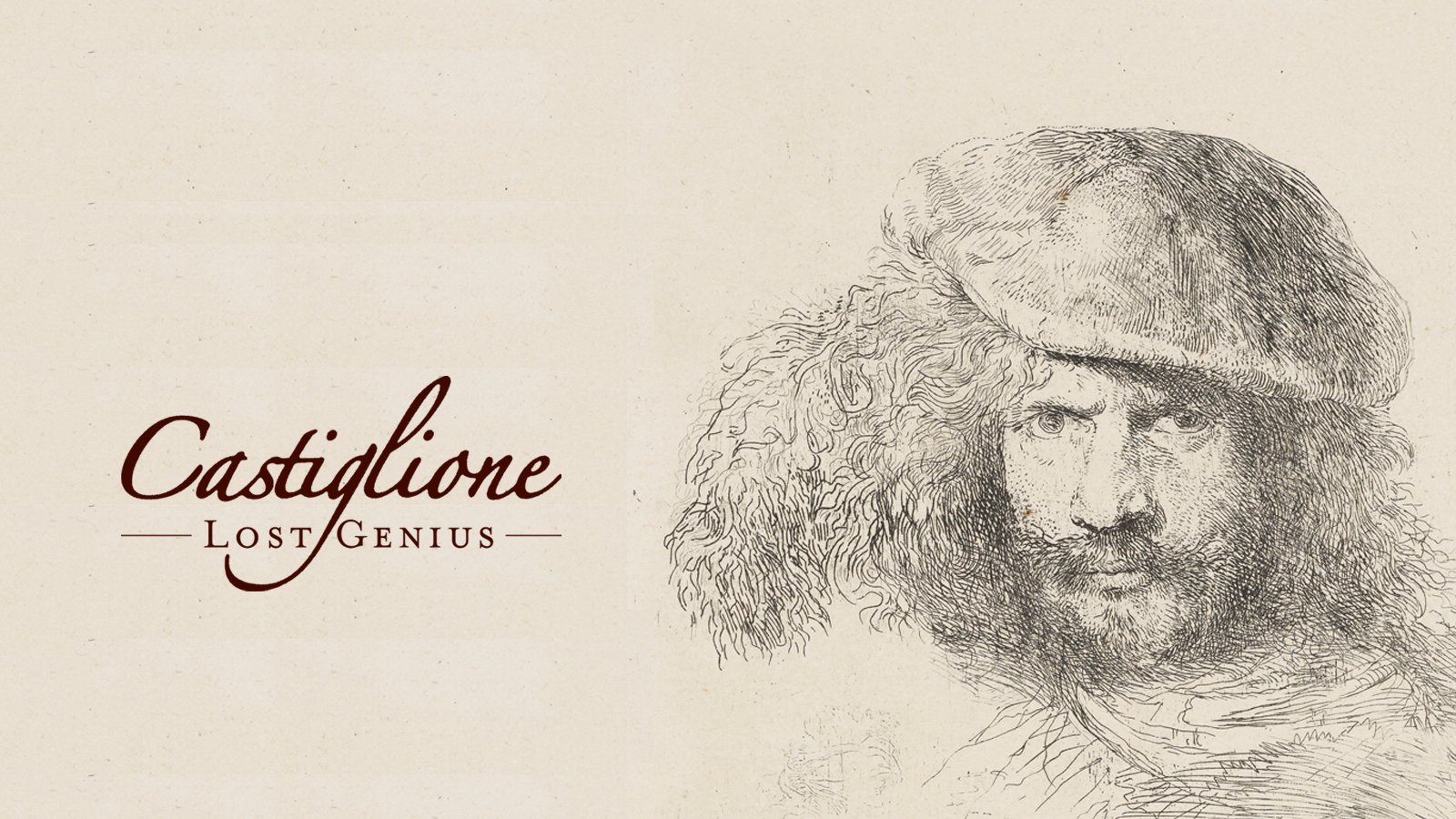
Printmaking
Originally developed simply to produce multiple versions of an image, printmaking soon became valued as an artistic process in its own right. The many examples currently on display in The Queen’s Gallery in the exhibitions Castiglione: Lost Genius and Gifted: From the Royal Academy to The Queen show how printmaking has evolved from the limited range of processes used by Castiglione to the more diverse printmaking techniques employed by the Royal Academicians today.
To make a print, the image is created on a surface of metal, wood, stone or some other material; the surface is then inked and pressed onto paper to create a print. Except in the case of monotype, the
process is capable of producing multiple works of art.
Printmaking techniques are generally divided into the following basic categories:
Relief, where protruding surfaces of the plate are inked and the recessed areas are ink-free:
- woodcut
- wood engraving
Intaglio, where the image is incised into the surface and the incised areas retain the ink:
- engraving
- etching
- aquatint
- drypoint
Planographic, where the print is created using a flat surface prepared with a chemical agent:
- lithography
- monotype
Stencil, where ink or paint is pressed through a prepared screen:
- screen printing







